Fix: Windows Store Crash Exception Code 0xc000027b
The Microsoft Store may close immediately after you click on an app or try to open the main window, often without showing any error message. Exception Code 0xc000027b means STATUS_INVALID_VIEW_SIZE, which tells us that Windows could not create a visual window because some settings were wrong.
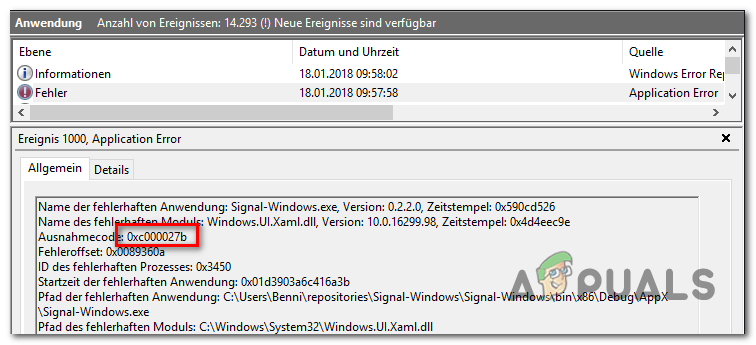
The most common reason for this problem is incorrect date and time settings on your computer. When the date and time are wrong, your device cannot connect properly to Microsoft’s servers to check licenses or allow access.
Other possible causes include damaged Store files, missing or incorrect “ALL APPLICATION PACKAGES” permissions in the registry, or software such as ClickShare changing registry permissions by mistake. These issues can also make the Microsoft Store crash.
In this article, we will discuss different ways to solve this error.
1. Set the Correct Time & Date
In many cases, the 0xc000027b error is a direct result of incorrect date, time, or timezone settings, often disturbed during an OS upgrade. Many users have confirmed that fixing their computer’s clock resolved the issue entirely.
Although this might seem minor, time mismatches can prevent the Microsoft Store from validating connections, leading to automatic app closure. Ensuring that your system’s time, date, and timezone are correct eliminates timestamp mismatches and restores proper app function.
- Press Windows key + R to open the Run dialog box. In the Run window, type timedate.cpl and press Enter. This will launch the Date and Time window.

Opening the Date and Time window - Once in the Date & Time window, select the Date and time tab and click on Change date and time.
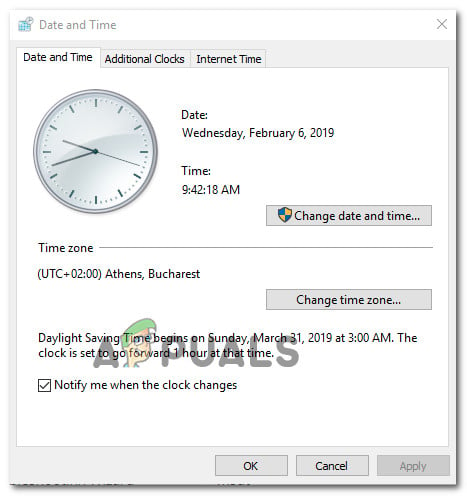
Setting the correct date & time - Within the Date & Time menu, use the calendar to select the correct date and update the time box to the appropriate value for your timezone.
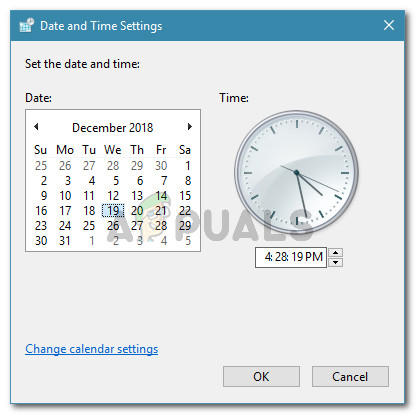
Modifying Time & Date Note: To prevent future time mismatches, also confirm or set the correct timezone by clicking Change Timezone.
- After updating these settings, restart your computer and verify if the error is resolved.
2. Refresh the Store App via PowerShell Command
Sometimes, temporary files within the Microsoft Store folder produce errors that force the app to close automatically. Running a PowerShell command to re-register the Store removes these problematic files and resets app dependencies.
- Press Windows key + R to open the Run dialog box. Type powershell and press Ctrl + Shift + Enter to open PowerShell with administrative privileges. When prompted by User Account Control (UAC), select Yes.

Launching PowerShell as administrator - In the PowerShell window, enter the following command and press Enter:
$manifest = (Get-AppxPackage Microsoft.WindowsStore).InstallLocation + '\AppxManifest.xml' ; Add-AppxPackage -DisableDevelopmentMode -Register $manifest
- Once the command executes, restart your computer and check if the problem persists.
3. Reset the Windows Store
Corruption within the Windows Store component, often due to quarantined files by security software, may trigger this error. Resetting the Windows Store restores default files and repairs dependencies, addressing such corruption.
There are two effective ways to reset the Store—through the Settings menu or by using Command Prompt (CMD):
3.1. Reset Windows Store via Settings Menu
- Open the Run dialog by pressing Windows key + R. Type ms-settings:appsfeatures and press Enter to launch the Apps & Features panel in Settings.
- Scroll through the list of installed applications and find Microsoft Store.
- Select Advanced options under the Microsoft Store entry.
- Scroll down to the Reset section and click Reset. Allow the operation to complete uninterrupted.
- Restart your computer once finished and verify if the Microsoft Store functions correctly.
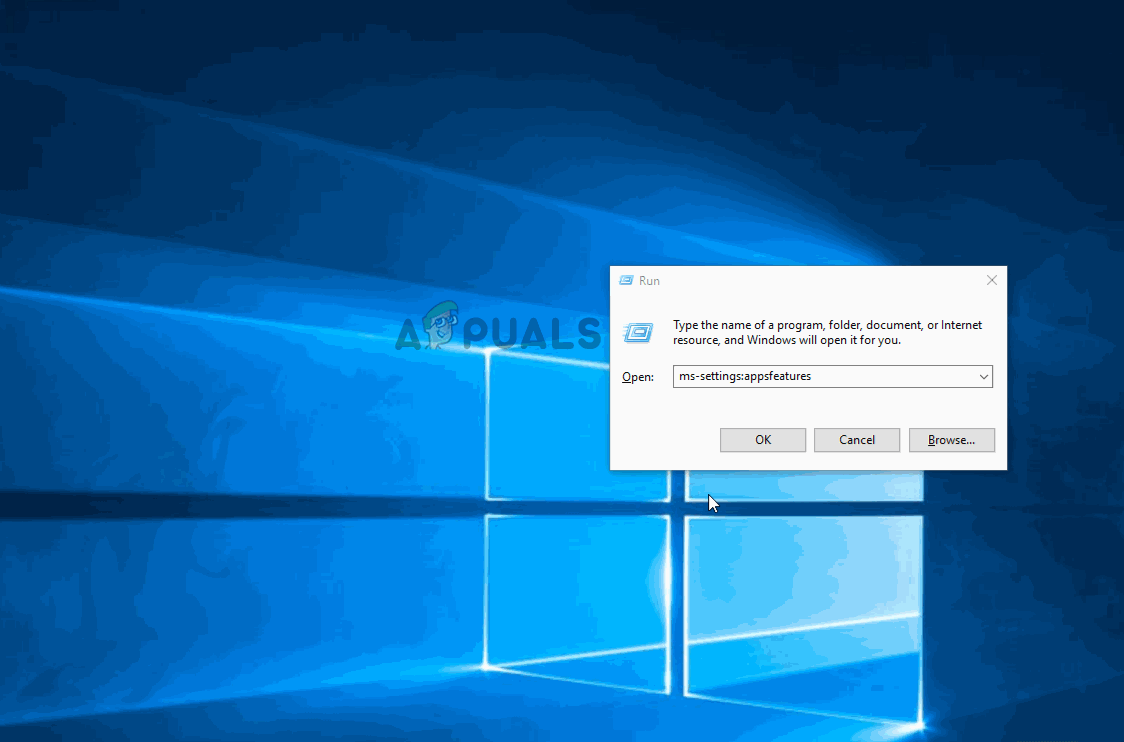
3.2. Reset Windows Store via CMD Window
- Press Windows key + R, type cmd, and then press Ctrl + Shift + Enter to open Command Prompt as an administrator. Approve any User Account Control (UAC) prompts.

Running Command Prompt as administrator - Type the following command and press Enter:
wsreset.exe
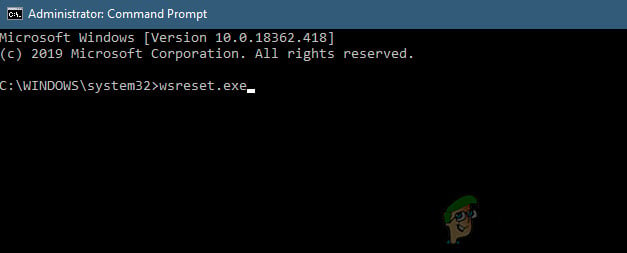
Resetting Windows Store - Restart your computer when the process is complete and test the Microsoft Store again.
4. Delete Windows Store Cache Registry Keys
Some registry keys may store temporary data that negatively affects the Microsoft Store’s stability. In such cases, simple cache resets are ineffective since corrupted registry entries remain. Deleting specific registry keys with the Registry Editor can eliminate persistent errors.
- Press Windows key + R, type regedit, and press Enter to open the Registry Editor. When prompted by User Account Control (UAC), click Yes.

Opening Registry Editor - In the Registry Editor, navigate to the following location:
Computer\HKEY_CURRENT_USER\Software\Microsoft\Windows\CurrentVersion\CloudStore\Store
Note: You can paste this path into the address bar for quick access.
- Locate the Cache subfolder under Store. Right-click on Cache and select Delete to remove it.
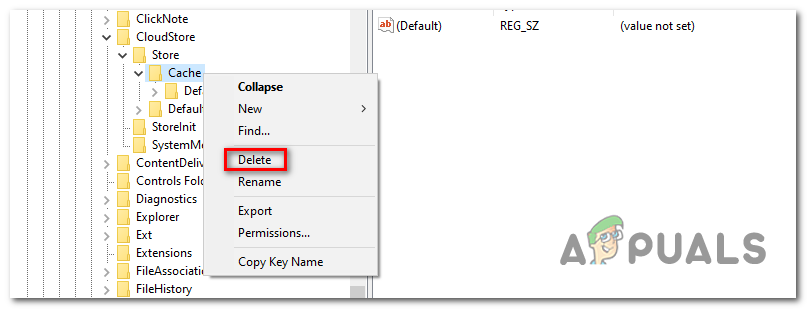
Deleting the Cache registry sub-folder for Microsoft Store - Close the Registry Editor and restart your computer to see if the problem is resolved.
5. Perform a Repair Install
If the solutions above do not resolve the error, it is likely your system has underlying file corruption that cannot be repaired by standard means. In such cases, a repair install (also known as an in-place upgrade) is recommended. This process reinstalls all Windows components and system files but preserves your personal files, applications, and user preferences.
Please note, performing a repair install (in-place repair) requires Windows installation media. For detailed instructions, refer to our comprehensive guide.
By following these steps, you can efficiently diagnose and repair the Microsoft Store error 0xc000027b, restoring full functionality and preventing recurrence. Each method addresses potential sources of the issue, ensuring a comprehensive and reliable resolution for all affected users.





